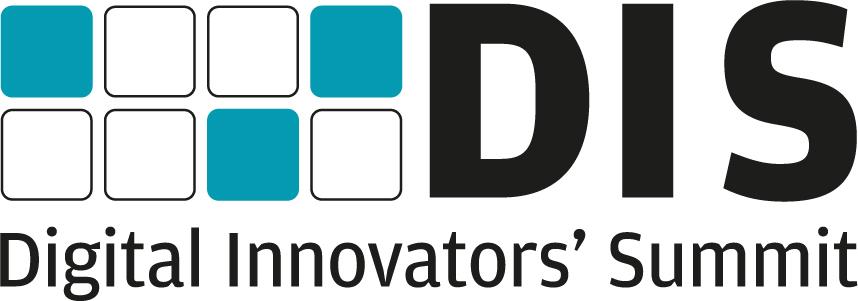Voice control and driverless cars – the future at CES 2018

Photo: ces.tech
For starters, just as the 150,000 or so delegates were touching down in McCarran airport, it started raining and didn’t stop for 48 hours, which is unheard of in the desert city, even in January.
Then two days into the exhibition the unthinkable happened and the consumer electronics show actually went dark. A power outage meant that large parts of the exhibition centre were closed for three hours costing companies thousands of dollars in lost business opportunities.
The real curse that was possibly placed on CES 2018 was that it was to be, in terms of new launches, one of the most unmemorable shows for a long time. TV technology pundits spoke at length about emerging trends and prospects for the future, yet had very few shiny new products to over excite their news anchors. At the margins there were odd wearables, pet technology and ever more powerful drones, but for this year anyway it seems like CES was missing a star attraction.
For the many media delegates their thoughts may have been elsewhere too perhaps mulling over the changes to Facebook’s news feed. There were however three key areas which should have been giving them plenty of food for thought – voice, cars and immersive tech.
Incidentally many of the key themes from CES will be discussed from a media perspective at DIS 2018. For more information on discounted tickets for the event go here.
Join Europe’s premier digital media summit
11th Digital Innovators’ Summit, Berlin, 19-20 March
Preliminary agenda | Save by booking now
 |
Voice control takes centre stage
CES 2018 perhaps underlined just how pivotal voice control is going to be to the future of consumer electronics. Google spent a small fortune in plastering the city with its adverts for Google Assistant and its Hey Google catchphrase. It also launched the Smart Display platform which is its equivalent of the Amazon Echo Show and sports a screen as well as voice control.
The company though is playing catch up to Amazon whose Alexa voice control system was omnipresent at the show. Some of its smartest uses were on a voice controlled pair of smart glasses from Vuzix and on kitchen appliances from LG and Whirlpool.
The irony is of course that a noisy CES is perhaps the worst place possible to undertake a voice control demonstrations. But that didn’t put too many companies off from giving it a shot.
From a publishing perspective Google’s shift in gear could potentially be great news. There have been whispers about how the company is seeking more audio content from media companies, and given the challenge it faces from Amazon, which already owns a huge content back catalogue on Audible, it seems likely to ramp up these conversations. Good news for companies like Hearst.
Weirdly enough Apple and Microsoft (Siri and Cortana) were nowhere to be seen. It’ll be interesting to see how they respond later in 2018.
Driverless cars
One of the key battlegrounds for audio content is likely to be in car and CES 2018 provided a very real glimpse of the future with a parade of driverless cars from many companies. Car sharing company Lyft even offered delegates a free whizz around The Strip in a driverless car. Needless to say the offer was massively oversubscribed.
If people aren’t focusing on driving what are they going to do while in the car? If you want a glimpse of what the dashboard of the future might look like this prototype from Harman may offer a few clues with its Alexa integration, huge screen and customisable knobs. Take a look too at Byton concept car – which features a gigantic screen that stretches across the dashboard as well as gesture detection and Alexa voice control.

Byton press presentation at CES 2018. Photo: ces.tech
Delegates expecting a deluge of immersive tech were possibly a little disappointed by CES. Sure there were augmented and virtual reality demos, but they seemed to be largely software driven and from smaller companies.
From a hardware perspective the big news was the unveiling of two new high-profile products. The Vive Pro is an upgrade of HTC’s PC VR headset, while more intriguingly the Lenovo Mirage is the first Google Daydream mobile VR device that doesn’t require a phone. It seems odd that after being told by industry pundits for years that VR would take off once it was incorporated into mobile, the story seems to be shifting to point a towards non-mobile VR devices claiming the future. We will see…
So, perhaps not the most innovative or exciting CES of recent times. Nevertheless gadget lovers in the media shouldn’t be too disheartened – Mobile World Congress is only weeks away and DIS follows soon after.
***Discounted registration for DIS 2018 (19-20 March in Berlin) is currently available. Save hundreds of euros on the registration price when you sign up NOW. Secure your place here***
More like this
How Egmont is reaping rewards from creating ALT.dk
How traditional media know-how helped Visual Statements become a social publishing success
Blockchain: can it transform the media? Yes, says Burda CTO
Dennis, India Today, Ebner, Future, The Economist and HBR on 2018 Media Tech Trends
Five key media tech trends from 2017
How this startup plans to use blockchain to power a new media business model









